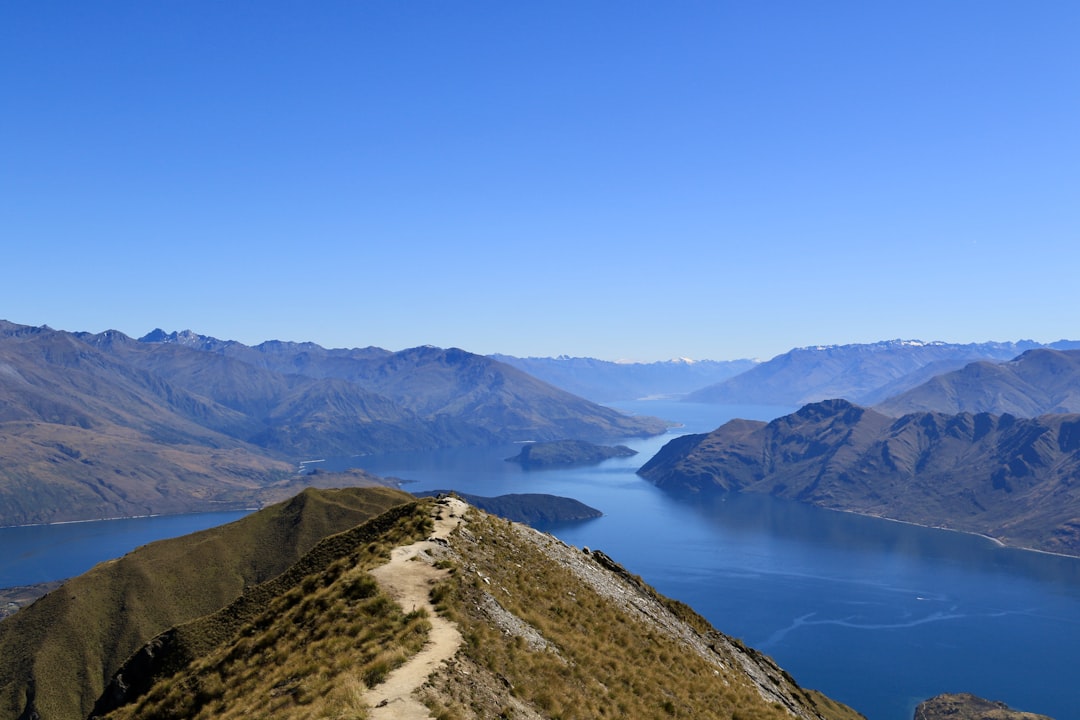What is it about?
This paper explores past research aimed at understanding human societies and their responses to environmental change through time. Starting in the 1800s and moving through to modern day, the article highlights the different theoretical and methodological advances that have taken place in environmental archaeology. Particular attention is paid to the limitations of past work. In particular, the failure of older studies to capture the complicated relationship between social and environmental contexts on human populations is highlighted. In order to benefit society at large, future research must seek to find causal relationships between climate change and societal response, rather than correlation alone.
Featured Image

Photo by timJ on Unsplash
Why is it important?
This work illustrates how research on human-environmental relationships is important in the present, as the modern world is struggling with climate related threats. By improving our ability to understand similar impacts of environmental change in the past, we can be better prepared to cope with these events in the present.
Read the Original
This page is a summary of: Studying Human Responses to Environmental Change: Trends and Trajectories of Archaeological Research, Environmental Archaeology, July 2019, Taylor & Francis,
DOI: 10.1080/14614103.2019.1639338.
You can read the full text:
Contributors
The following have contributed to this page










